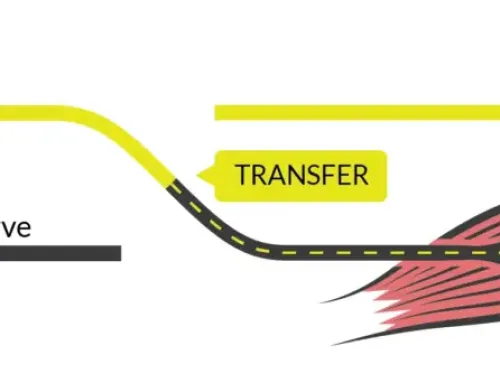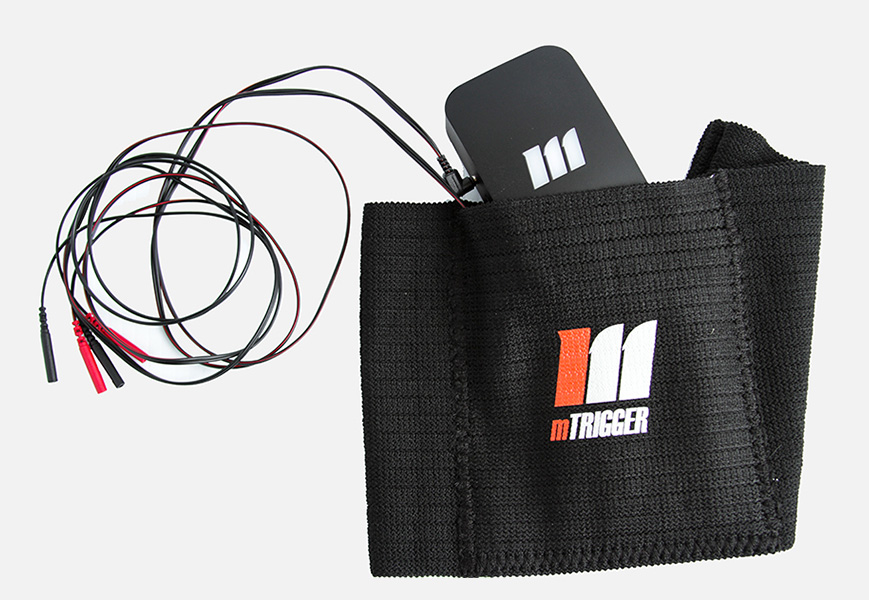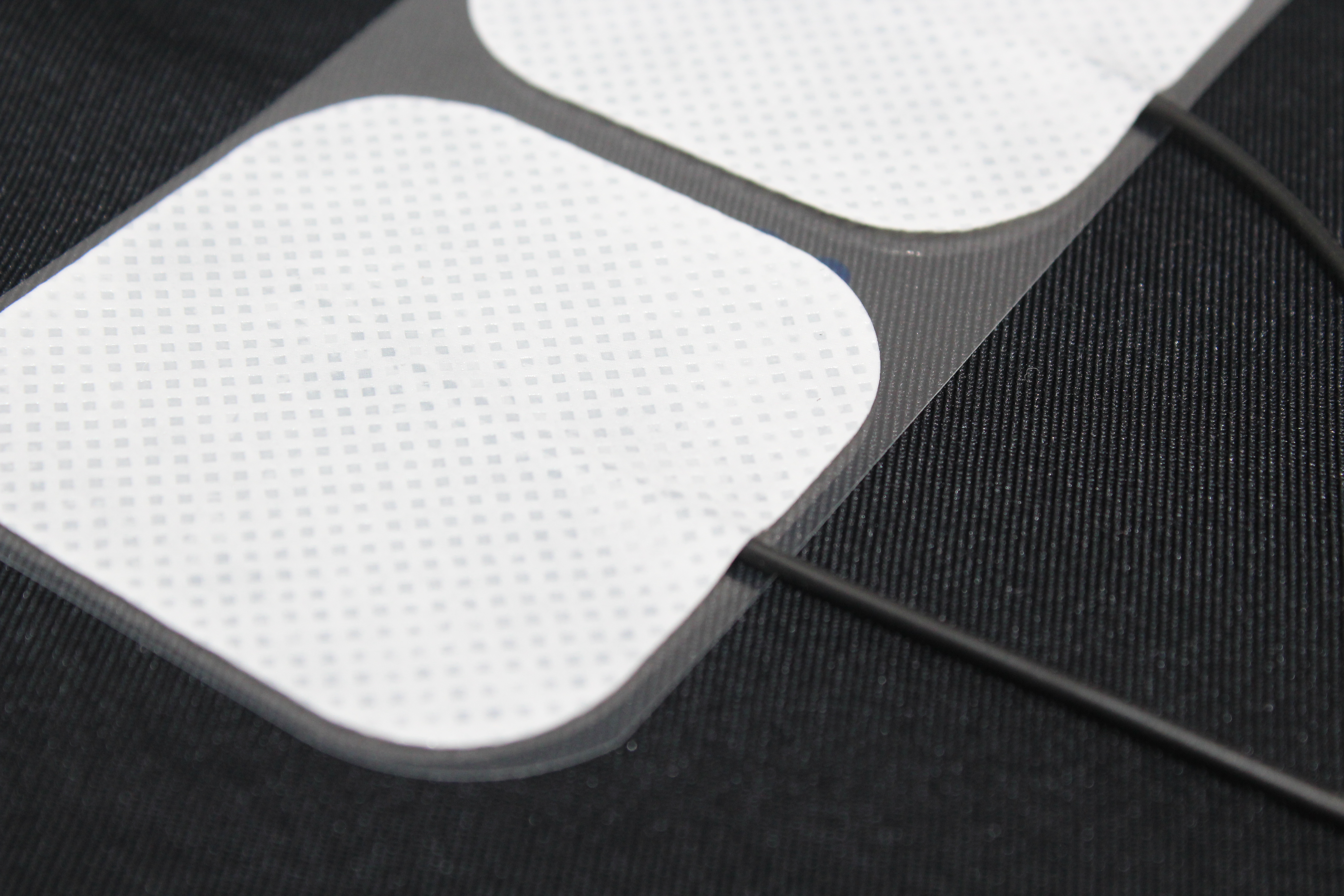The quote “You can’t manage what you don’t measure,” was made famous by business management expert Peter Drucker. His point being, if you’re not measuring and tracking your progress, what you’re doing isn’t much better than guessing. For rehab professionals, several key points in his quote stand out. First and foremost, it provides a reminder of the importance in measuring what we do.
As rehabilitation professionals, our aim is to help patients get better, achieve their goals, and improve our outcomes. However, to know if patients are improving, we first have to define, track, and measure our desired goals. If our goal is to improve muscle activation and movement patterns, we must first measure these. Only then can we determine if a patient is getting better. Thankfully, mTrigger biofeedback allows us to measure and track these metrics. Once we have clearly established baseline measures, we can easily quantify progress and adjust our treatment plan to meet the desired outcome.
Measuring and gathering data with mTrigger biofeedback allows providers to make data driven decisions when it comes to patient care. Insurance companies are constantly requiring rehab professionals to document tangible and measurable goals to demonstrate progress in therapy. By using mTrigger biofeedback to establish and track objective measures, providers can demonstrate clear objective progress and eliminate any guessing.
Think of it this way, if you’re trying to get better at golf, you wouldn’t play without keeping score and just assume you were getting better. The score is important because it serves as a measure to determine if you are actually getting better (or not).
Let’s look at several ways mTrigger biofeedback can be used to objectively measure, track, and quantify progress throughout the rehabilitation process.
Measuring Muscle Activation
One of the simplest ways to objectively use the mTrigger device is for measuring muscle activation. Start by performing an exercise in the “Train” mode, save the session, then view the results on the “Track” screen. Be sure to write this activation measure (measured in microvolts) down in your documentation so you can repeat the exercise and track progress over time. Here is an example of a patient performing a straight leg raise to help improve quad muscle activation. The activation level (927 microvolts) can be documented and tracked over time to measure improvements in quad muscle function.
Quantifying Movement Patterns
Another way to quantify a movement pattern, is to use the dual channel mode of the mTrigger device during an exercise such as squats. Perform the exercise in “Train”, then view the results in “Track”. Be sure to customize your time settings appropriately and save your session at the end. In this video example, we can see the patient is off loading their involved right side by 13% during a weighted back squat. This information can be very valuable for helping to make informed clinical decisions. It can also be re-measured every few sessions as the patient progresses.
Not only can we objectively track progress over the course of treatment by re-evaluating movement patterns, but it also gives us a clear understanding of when to progress to more difficult exercises. Remember, you can’t improve what you don’t measure.
Neuromuscular Deficit Testing
The neuromuscular deficit testing function on the mTrigger device, is a preferred way to objectively measure and track neuromuscular deficits for many clinical experts. Here is an example of an athlete performing a single leg squat to determine their quad muscle deficit. Muscle activation is measured on each side during 5 second intervals then compared to determine the deficit. The involved side is always tested first. Therefore, in this case, the patient has an 11% quad deficit on the left side.
Here is another example of a glute max neuromuscular deficit test using a single leg bridge exercise. This patient has a 13% deficit on their involved right side.
mTrigger biofeedback is a tool that can easily help clinicians become better at measuring, managing, and improving their results. mTrigger can be applied to virtually any exercise and is a versatile way to become better at measuring what you do everyday in the clinic. Having measurable markers of success for patients throughout their treatment really adds to your value as a therapist.
Summary
Being able to measure objective data quickly and efficiently as a rehab professional is imperative to your ability to make data driven patient care decisions. The mTrigger biofeedback device offers several ways to measure and track progress with your patients. This is important because if you can’t measure it, you can’t improve it. Try using the mTrigger biofeedback device to eliminate any guessing and ultimately make better programing decisions.
Neuromuscular Deficit Testing Case Study
|
Use Biofeedback to Minimize Patient Deficits
|








Leave A Comment